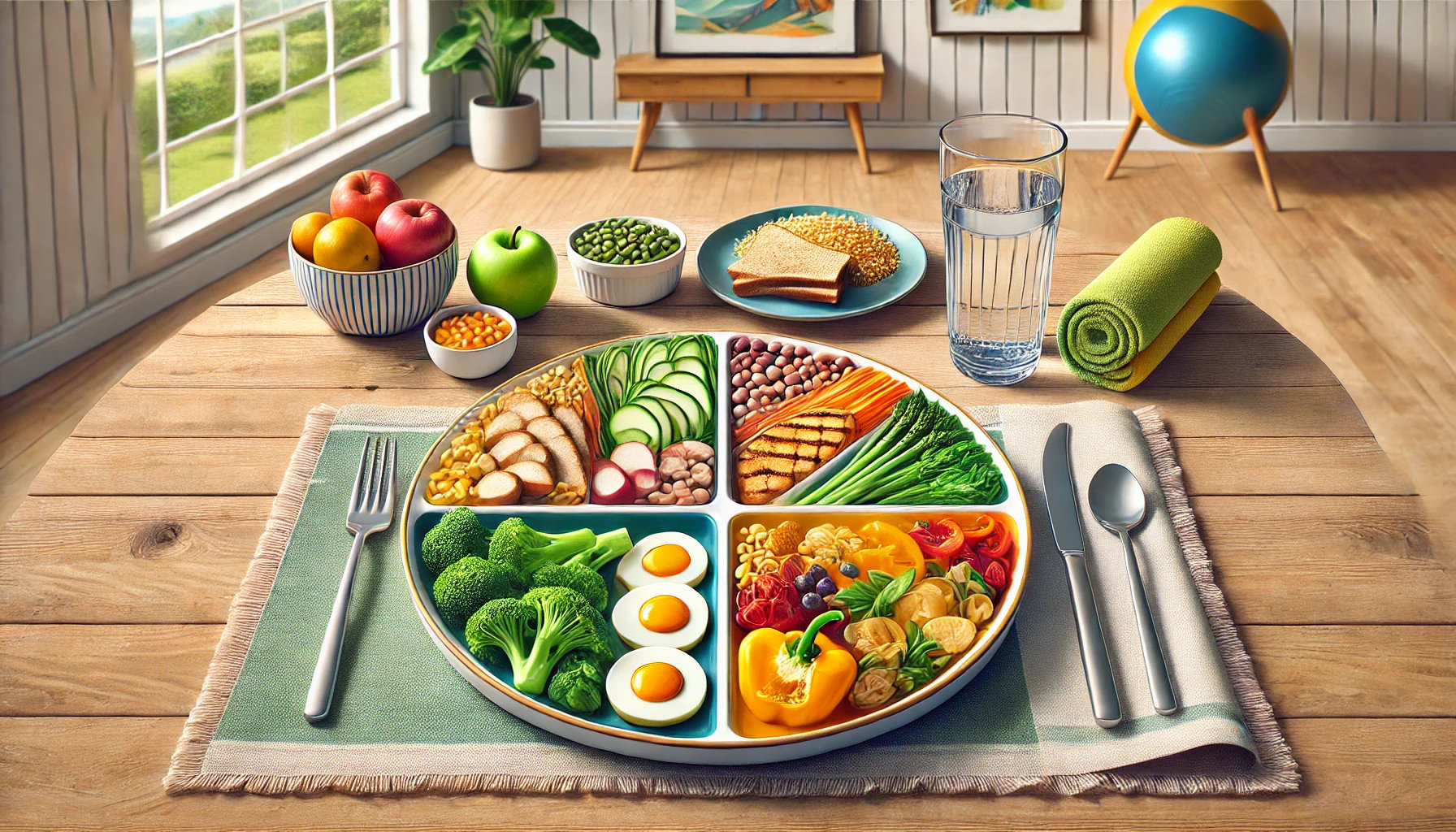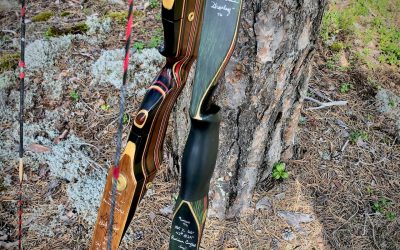Whether you’re running, lifting weights, or honing your aim with archery, the food you eat plays a vital role in powering your performance, supporting development, and aiding recovery. The Swedish Plate Model, combined with national dietary guidelines, provides an excellent framework to ensure your body gets everything it needs. Here’s how you can adapt this method to support an active lifestyle.
The Swedish Plate Model: A Guide to Balance
The Swedish Plate Model is a simple principle that divides your meal into three sections:
- Protein-rich foods: Sources like chicken, fish, eggs, legumes, or dairy products fill one-third of the plate.
- Carbohydrate-rich foods: Potatoes, rice, pasta, or bread make up another third.
- Vegetables and root vegetables: The final third is packed with greens for vitamins, minerals, and fibre.
For active individuals, these proportions can be adjusted based on activity intensity:
- During high-intensity training, increase carbohydrates to half the plate.
- On lighter days, follow the standard balance.
How Much Does the Body Need?
Adults training three days a week typically require increased energy and nutrients to support muscle growth, recovery, and immune function. Here’s an approximate daily breakdown:
- Protein: 1.2-2.0 g per kilogram of body weight (depending on training goals and intensity).
- Carbohydrates: 4-6 g per kilogram of body weight.
- Fats: About 1 g per kilogram of body weight.
- Vitamins and minerals: Usually covered through a varied diet rich in vegetables, fruits, and whole grains.
- Fluids: 2-3 litres per day, with additional hydration during workouts.
Sample Daily Meals
Breakfast:
- Porridge made with oats, topped with berries and nuts.
- A boiled egg and a slice of wholegrain bread with avocado.
Lunch:
- Grilled chicken breast (protein).
- Wholegrain rice (carbohydrates).
- A salad with leafy greens, bell peppers, and radishes (vegetables).
Snack:
- A smoothie with banana, Greek yoghurt, and spinach.
Dinner:
- Oven-baked salmon (protein and healthy fats).
- Wholegrain bulgur (carbohydrates).
- Steamed broccoli (vegetables).
Evening Snack:
- A handful of almonds or carrot sticks with hummus.
Practical Tips
- Focus on Natural Foods: Opt for unprocessed ingredients and limit added sugars and saturated fats.
- Plan Your Meals: Prepare lunches and snacks in advance to avoid resorting to fast food.
- Post-Workout Nutrition: To optimise recovery, consume a combination of protein and carbohydrates within 30 minutes of finishing your workout. A light recovery snack could include an apple and a piece of cheese or a slice of wholegrain bread with turkey. Aim for approximately 15-25 grams of protein and 30-50 grams of carbohydrates, depending on workout intensity and duration.
- Vary Your Plate: Experiment with different protein sources and vegetables to ensure a wide range of nutrients.
Why the Swedish Method?
The Swedish Plate Model emphasises simplicity and balance, making it accessible and sustainable for most people. While dietary preferences and cultural norms vary worldwide, this method stands out for its flexibility and effectiveness in promoting long-term health and performance. It’s a practical approach that combines tradition and science, ensuring you fuel your body with the right mix of nutrients.






0 Comments